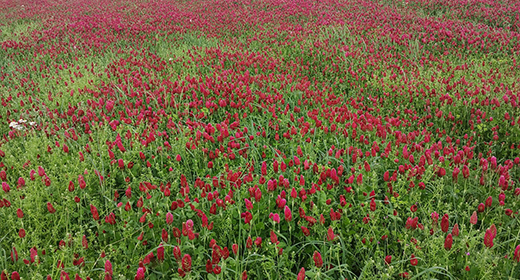by Jennifer Landis: You want to leave the world a better place for your family…
and to keep that cycle going, you want your kids to have a passion for preserving the earth when they’ve grown up. But it’s hard to get your kids to listen even when you tell them to be nice to their sibling. How much harder is it to get them to be kind to the world?
It turns out it’s much easier than you think — at least once your toddler has had a nap. Check out these ideas to get your children on board with helping the world and creating a better future.
1. Volunteer as a Family
Don’t leave volunteer opportunities up to your kid’s class projects. Step in and tell your children what problems the world and your region are facing and how your family can help. Volunteering can be a fun and vital activity for parents to do with their children. In 2015, each American volunteer spent around 52 hours volunteering over the span of a year. That’s only one hour a week over the course of the year — which is pretty doable.
When you hear about a need in your area, do more than remark how sad the situation is. If a shelter doesn’t have enough servers to dish out their hot meals, bring your son or daughter along — but don’t forget a step stool for them.
It may be easier to contact your babysitter and leave your rambunctious kids at home while you extend a helping hand, but think of these opportunities as teaching moments. Get your children in on volunteer work now so that they continue to serve their communities when they’re older.
2. Explore Nature
In a culture filled with screens, there’s a growing disconnect between kids and the outdoors. Parents of 8- to 12-year-olds report that their kids play on screens three times more than they play outsideduring the week. So how do you get your kid unglued from their smartphone and out in nature? Go exploring with them in green spaces, parks or just in your front yard.
As children explore the outdoors, they can better connect with the earth that you’re teaching them to protect. Especially if you live in a city with more concrete than trees, your kids may not know how ecosystems work or how enjoyable spending time in nature can be. Show them around places you loved adventuring through when you were a kid or take a trip to a national forest. You can also plant a garden, go on a hike or do a wildlife scavenger hunt to get the ball rolling.
3. Show Respect and Responsibility for the Environment
Demonstrate the importance of caring for the earth by adopting eco-friendly practices in your home. Recycling, repurposing items and picking up litter are all ways you and your family can take responsibility for the upkeep of the environment. Explain to your children that leaving garbage on the ground is disrespectful and show them what to do instead. Go out of your way to leave streets, sidewalks and lawns free of trash for a memorable and ongoing lesson.
Since the 1950s, the human race has generated 18.2 trillion pounds of plastic — but you can tell your kids that’s about the size of a billion elephants. To reduce your impact on the environment and conserve resources, set up recycling bins in your household. You can take recycling a step further by pushing for public recycling bins in your city if you don’t already have them. Work with your children to make a difference.
4. Get Involved Locally and Globally
Find out what your area is doing to maintain nature and live responsibly. Whether your city has community gardens or educational events, participate with your children so they can see they are not alone. Let your kids see that they are a part of an inspiring community that wants to take action.
While local involvement is crucial, your kids can also contribute to global needs. Explain the bigger picture to your children, so they know that their small contributions can help the earth for future generations. Days like World Humanitarian Day can help children learn about others’ needs and reveal how they can help the world as a whole. This event covers everything from current conflicts to how you can take action and change troubling situations around the world.
5. Teach as You Go and Learn Together
As you volunteer alongside your child or adventure through the woods, explain how your actions affect others. These teaching opportunities turn activities into meaningful and sustainable practices. When your kids know why they do an act of kindness, they are more likely to willingly do helpful things. As your child recognizes on their own that someone is hurting due to poverty or from the loss of a loved one, you’ll know they are learning.
While you teach your kids about improving the world, you can learn new things, too. Tell your kids when you learn a new lesson or realize something you’ve never thought before. Your example shows them that learning about the world continues to happen through adulthood, which can make them lifelong learners.
6. Lead by Example With Curiosity and Kindness
As a parent, you know that little eyes and ears watch and listen to you, eventually reflecting your example. Make sure you’re leading them to be kind, helpful people by living that way. Do your best to better the world and care for those living in it so your kids follow in the right footsteps.










































